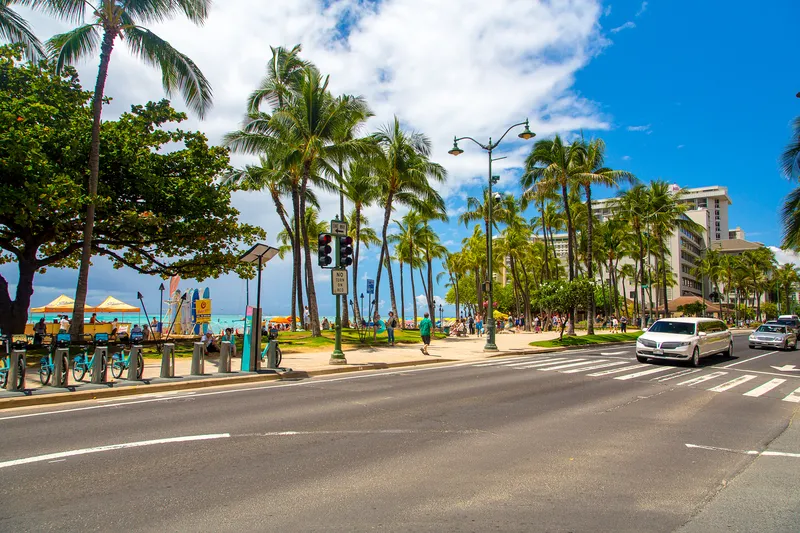The city of Arcadia in California has partnered with
With its proximity to Los Angeles and large event venues, the city wanted a better way to respond to both expected and unexpected traffic congestion.
The project was completed at the beginning of the school season, which typically causes more traffic as children head back to school. The adaptive system is currently operational at 33 intersections along several of the major corridors within the city.
These 33 intersections are operated as three control areas for variable-objective adaptive signal operations, a concept unique to TransSuite/ACDSS, and critical for successful implementation in a complex urban environment like Arcadia.
The city’s already heavy traffic is compounded by nearby activity centres, including the Santa Anita Race Track, the LA Arboretum, the Santa Anita Mall and Methodist Hospital.
To address increased congestion in these areas, the city developed an ITS Master Plan in 2015 to integrate its traffic signal operations with the LA County Information Exchange and participate in the San Gabriel Valley Traffic Forum project.
The city has been using TransCore’s TransSuite traffic control software since 2007 and over the years has expanded the system to use additional technologies and operational strategies like the ones used in Arcadia.
“The City was able to introduce adaptive operations in a cost effective manner just by adding the adaptive component to their existing TransSuite system infrastructure,” said Travis White, TransCore associate vice president.
Californian city deploys adaptive traffic management
The city of Arcadia in California has partnered with TransCore and KLD Engineering to install an integrated adaptive traffic signal control system that helps monitor traffic conditions and manage congestion in high traffic areas.
September 18, 2015
Read time: 2 mins










